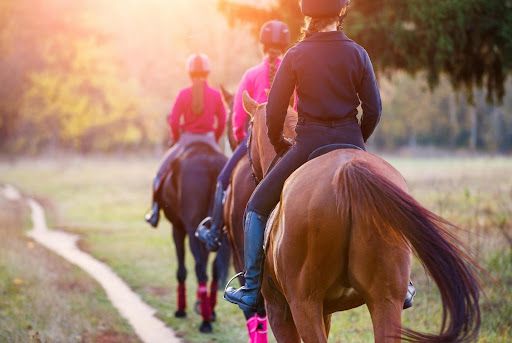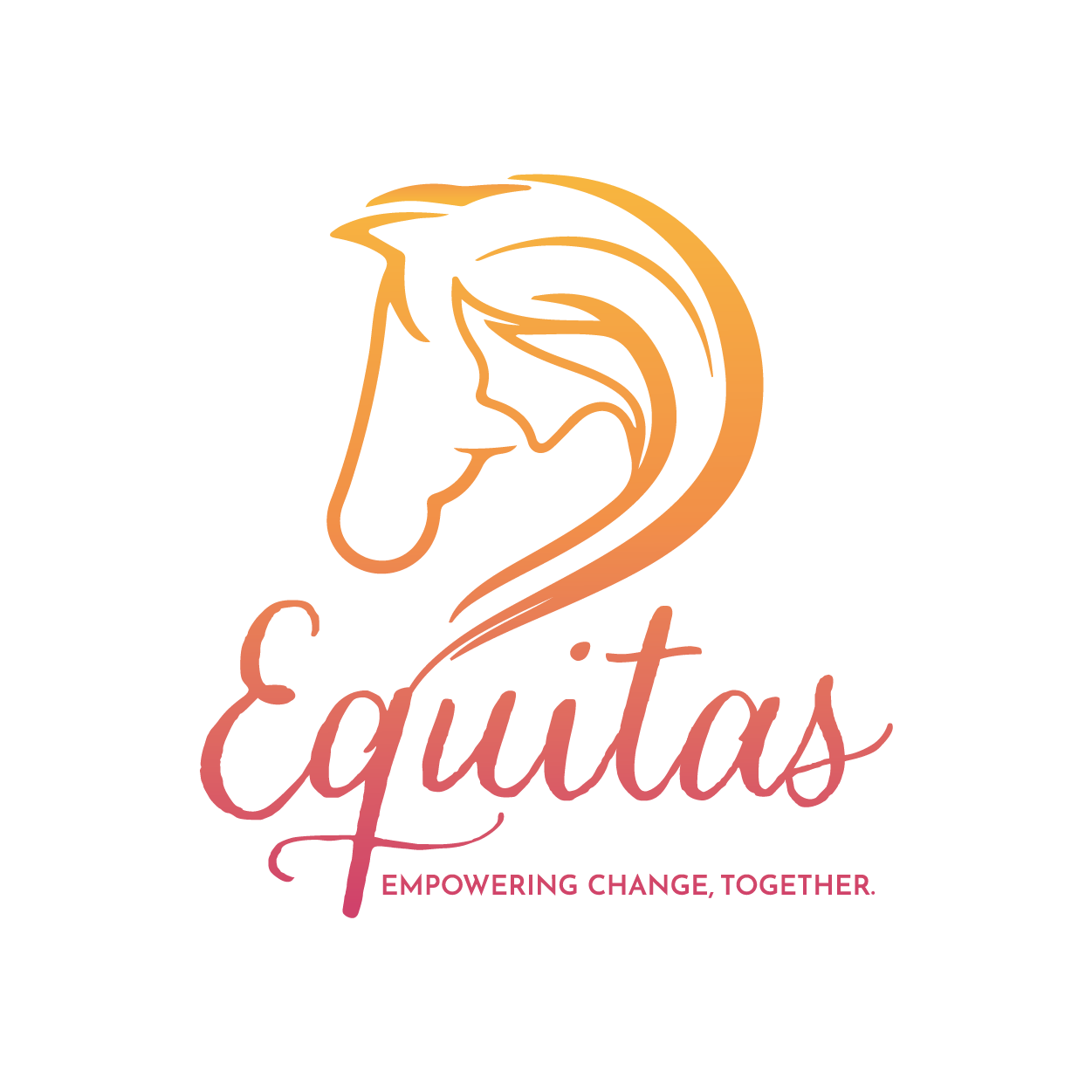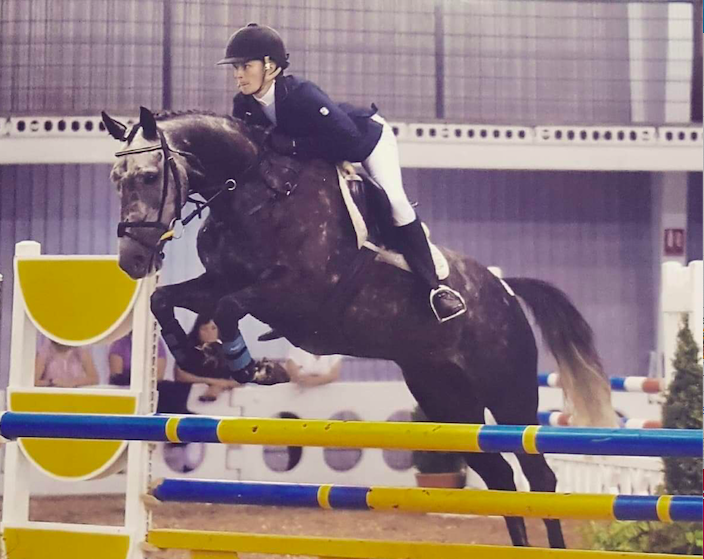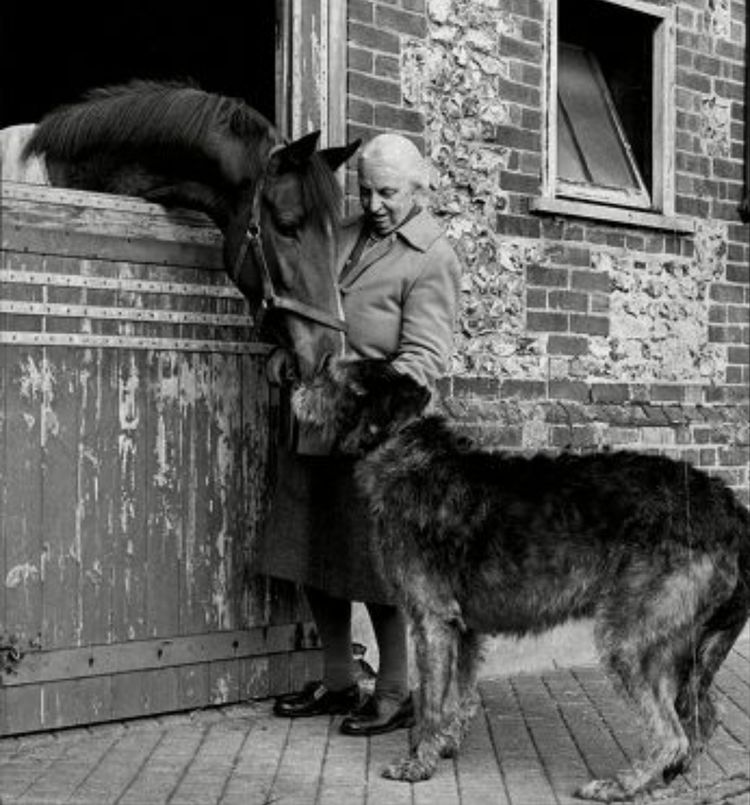Why Do So Many Girls Give Up Equestrian Sports in their Teenage Years?

Research has shown that a large proportion of girls give up sports in their teenage years with studies showing that just 7% of girls aged 14-15 years old meet the recommended amount of physical activity in a week. Unfortunately, equestrian sports are no different. There are many factors that influence teenage girls’ decision to quit equestrian sports, but there are many ways in which the equestrian industry can encourage these girls to continue riding.
So why are teenage girls quitting equestrian sports and what can be done?
Peers and social media:
We all know that during our teenage years we feel more pressure to fit in with our peers. Equestrianism is a niche sport meaning that the majority of their peers in school will not be involved in equestrian sports. It's likely that many people reading this article can relate to being branded ‘the crazy horse girl’ during their school years. Social media exposes teenagers to even more ridicule. Teenage girls may experience a lot of hate on social media on their equestrian content.
Creating opportunities for teenage girls to socialise with other girls their age who are interested in equestrian sports is extremely important. Pony club is directed towards younger children and riding clubs are primarily made up of adult riders, leaving teenagers caught in the middle. Group lessons and riding clubs for teenagers would enable teenage girls to socialise with other riders like them. Social media can have a very positive affect on teenage girls also by allowing them to connect with others within the equestrian community. As the first magazine for women within the equestrian industry, this magazine is a huge step forward in welcoming young girls into the equestrian community.

School commitments:
Equestrian sports are very time consuming. For those who own a horse, the option to simply dip in and out of the sport is just not there. Aside from the riding element, there is a huge amount of work that has to go into looking after horses. With school work and exams it can become too much.
There are a few options that may help to relieve this pressure such as livery, sharing and loaning. Searching for a livery yard or writing up the terms of a loan agreement can be overwhelming when you are inexperienced. Education and support around choosing an option that suits the individual’s situation can allow teenage girls to continue riding through these challenging years.
Changes in body and body image:
A lot of things change during your teenage years, including your body and how you view it. Many teenage girls are self-conscious of changes to their bodies and can develop a negative body image. Girls are particularly susceptible to developing eating disorders during these years. The relationship between equestrian sports and eating disorders is grim. With the prevalence of eating disorders in equestrian athletes being 42%, it is no surprise that teenage girls may quit the sport if they are struggling with their body image.
Equestrian brands have to help combat this issue. There is no diversity when it comes to the body types seen in advertising. It is simply not good enough and has to change. Sizing is also an issue. Much of the clothes and equipment are not available in a wide range of sizes. If we take long boots as an example, a huge proportion of women of medium build have to wear ‘wide’ fitting boots. The word ‘wide’ in itself can be triggering for those suffering from poor body image. A more diverse range of sizes and more appropriate wording of sizes would make teenage girls feel more comfortable.
In addition to body image, several studies point to the anxiety experienced around the time of their period being a key factor. Worrying about leakage (especially in white!) as well as other menstrual symptoms which potentially affect performance, are deemed to be deterrents for young girls staying in sport.
Work:
Most people get their first job during their teenage years. Jobs within the equestrian industry are not enticing for teenage girls. Struggles like intense workload, long hours and poor pay affect both genders however teenage girls face an extra deterrent in that most of the people in higher roles within the equine industry are male. This lack of representation can be discouraging for young girls.
Female mentors can inspire teenage girls to work in equestrian careers. Girls are more likely to relate to other females, therefore a mentor system whereby teenage girls are paired with older women working in the industry would be beneficial. The role of the mentors would be to offer support and advice to girls wanting to work with horses.
The transition from ponies to horses:
The transition from ponies to horses is a pivotal point in any young competitive rider’s career. The fact that the average height of a woman in Ireland is 5ft 5 (172cm) means that this transition is even more daunting for young females. Although many females are comfortable with riding bigger horses, for many it simply does not make sense to trade in their trusty pony which they have put in years of work for a horse that they do not feel comfortable on. For optimum balance, in a general purpose saddle, the rider’s knee should be at the widest part of the horse’s body. Many teenage girls give up competing when they reach 17 as they are expected to move on to horses.
Although the option to compete ponies and small horses is there, many riders feel they are at a disadvantage when they are competing against much bigger horses. With the distances in show jumping competitions and the optimum time in cross country being geared towards bigger horses, it can make competing more challenging for ponies and smaller horses than it is for the bigger competitors. Specialised coaching aimed towards people riding ponies or smaller horses along with course walking seminars would be hugely beneficial to help these riders.
Many teenage girls’ passion for equestrian sports dwindles during their teenage years.
It’s important for us to question why this is so that we can combat this issue and motivate them to continue to ride.
Although there are a number of reasons why teenage girls quit equestrian sports, there are so many ways in which teenage girls can be encouraged, supported and incentivised to continue participating in equestrian sports.
Eimear Coleman



